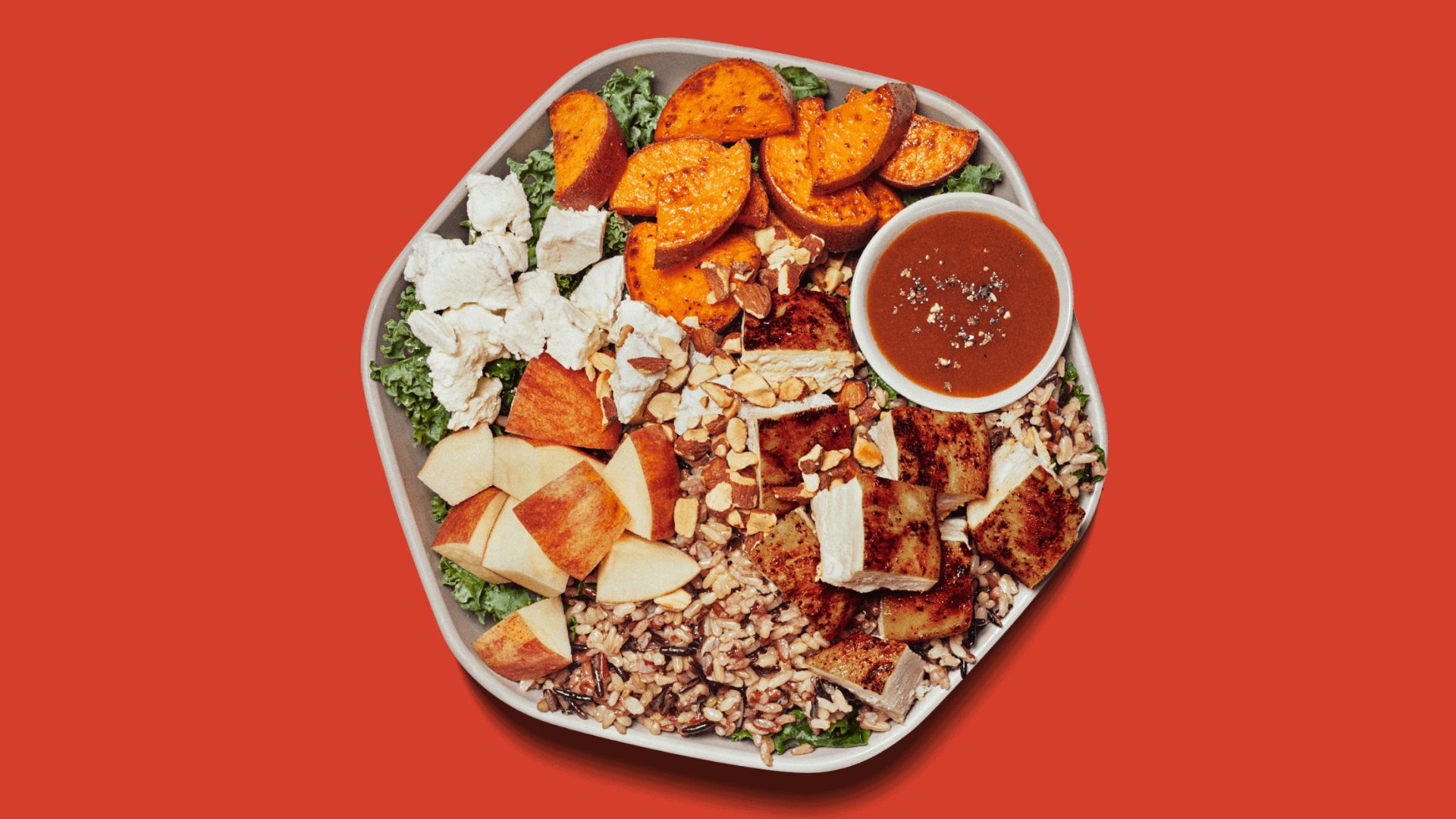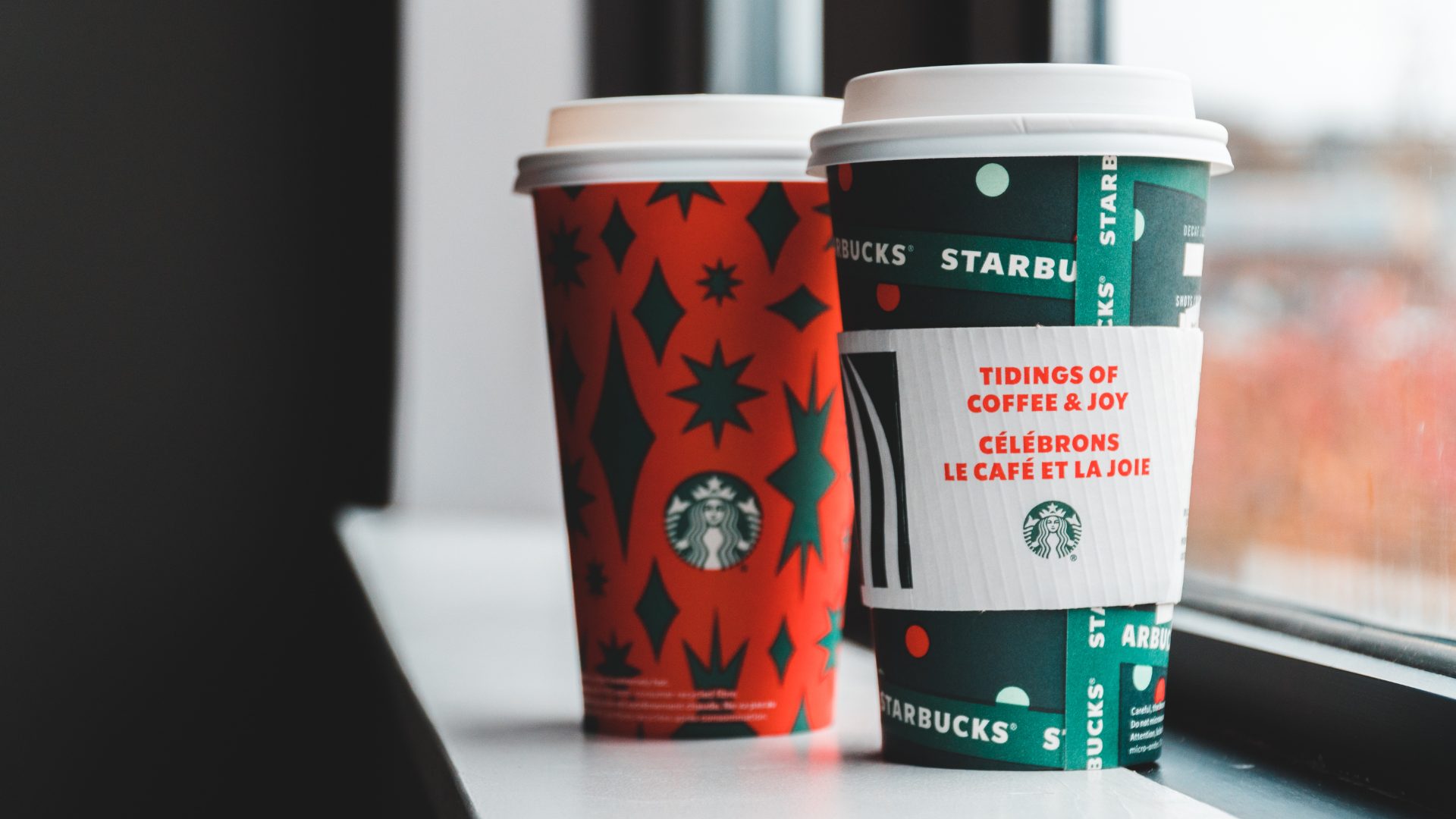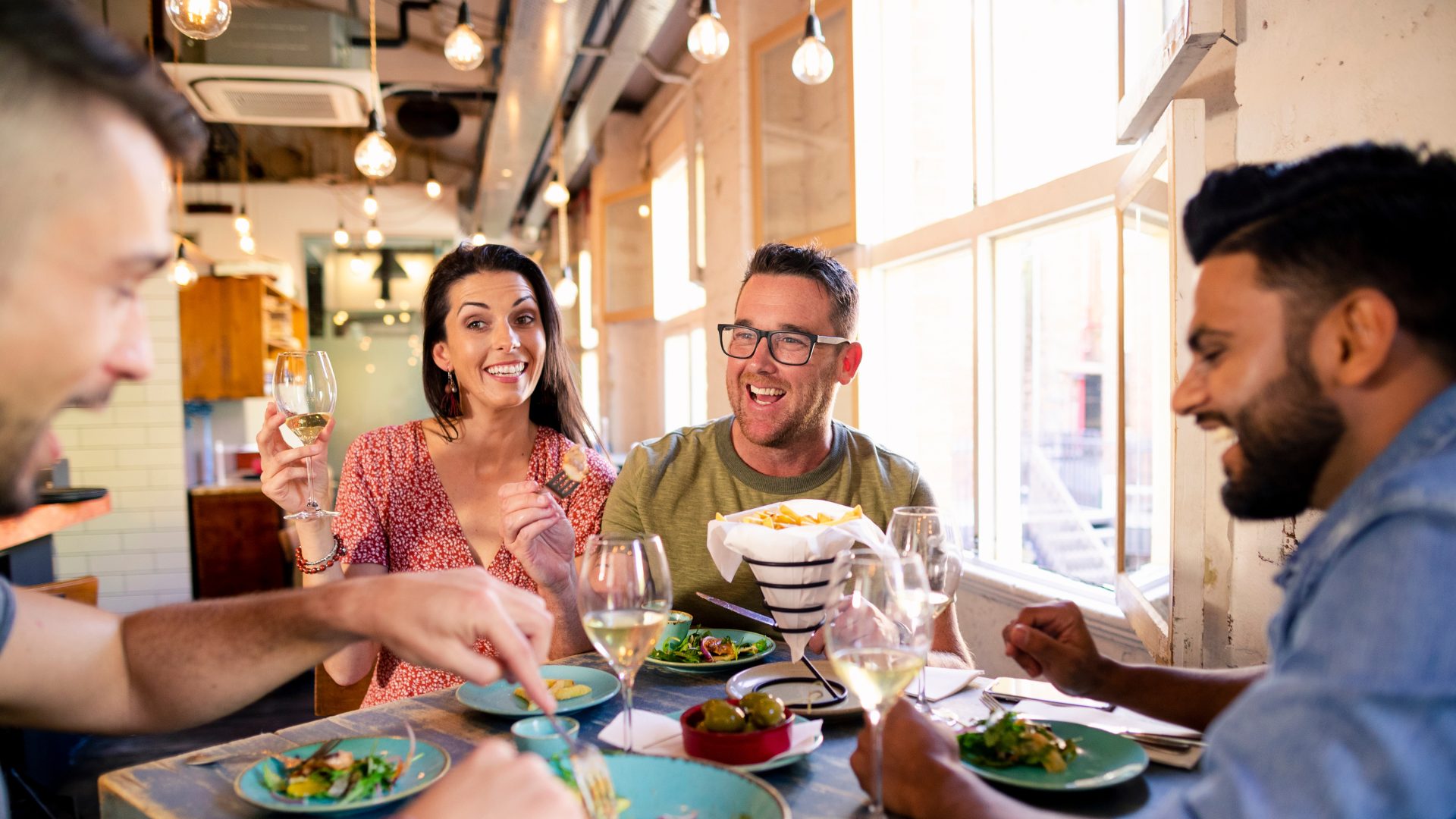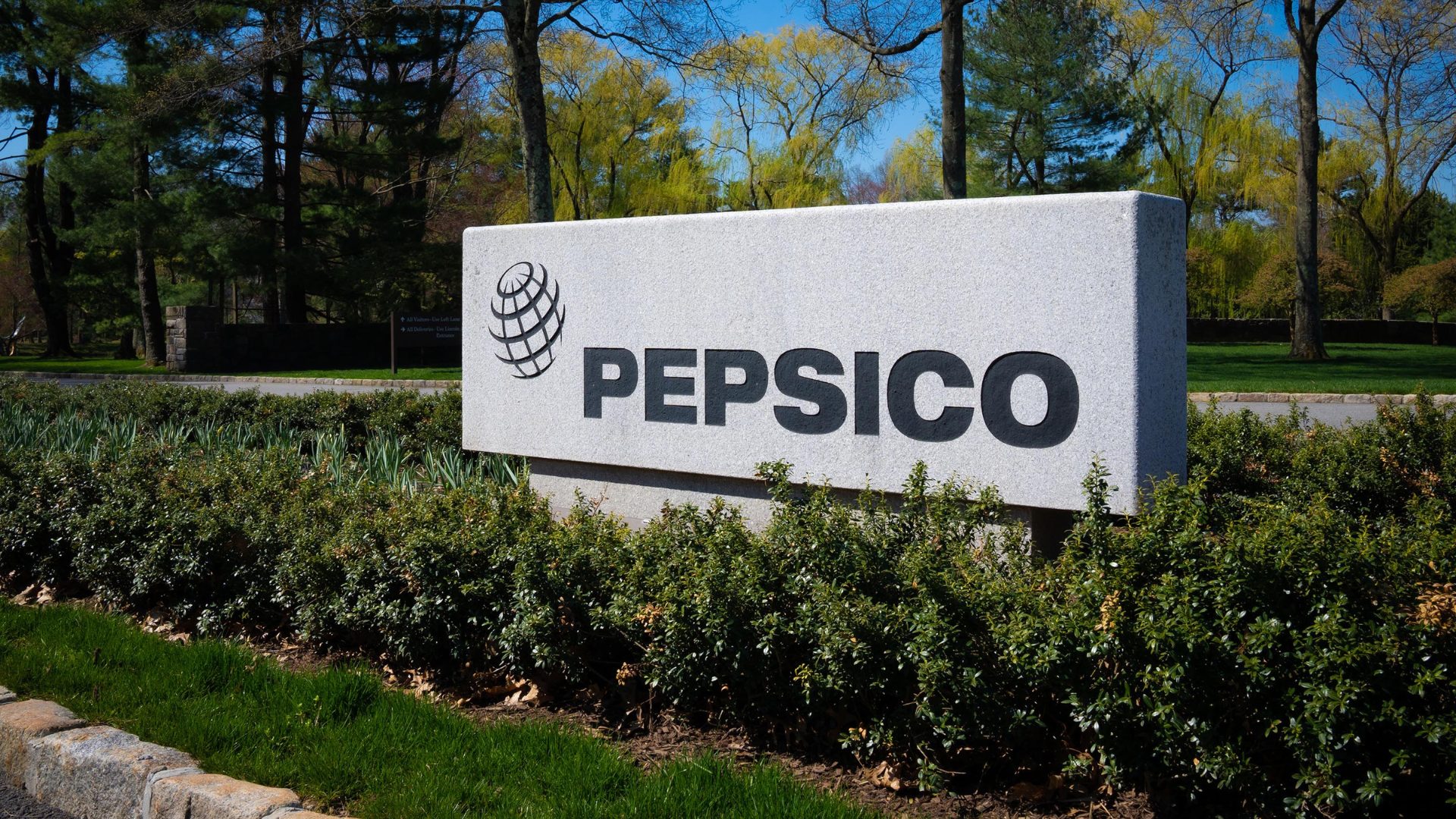Most brands and services have companion apps for mobile devices. These apps auto-update, often know where you are, and are poised to sync email and seasonal offers with pop-up notifications, pinging and dinging away. And they all come with different names:
- Challenge Center
- Sponsored Loyalty
- More Ways to Save
For many brands, these are more corporate-friendly (and spending-savvy) means of asking more of the consumer via gamification. Gamification is simple – it typically refers to the idea of point scoring, achieving high social strata with other digital users, and applying mildly competitive techniques to encourage further engagement with a product or service.
And it can be very, very effective and rewarding for everyone involved.
Let the Gamification Begin
Open any brand services app and the “opportunity” to save is almost immediately apparent. From Walmart to Target and more, all consumer data leads to the omnichannel and back to the quick-twitch reflexes of hungry (sometimes quite literally) consumers.
“Gamification has become the name of the game in digital loyalty programs, and grocery is no different,” said Sean Turner, co-founder and chief innovation officer at Swiftly, to The Food Institute.
“From United Airlines bonus miles programs to Starbucks’ Star Dash personalized offers, consumers respond well to programs that reward them for activity they’re already doing. For grocers, gamification is an excellent way to grow their share of wallet.
“By rewarding consumers for concentrating more of their spending on their favorite stores, grocers can alleviate some of the pressure on pricing.”
Turner believes grocery gamification is a great monetization opportunity – “Swiftly sells these programs to brands and the retailer earns revenue, [offsetting] the cost of the retailer’s loyalty program and is actually much more cost-effective for the brand because they don’t need to waste money acquiring customers digitally.”
Turner also mentioned that it’s easy to fail with gamification done poorly; gamification has historically failed when brands have tried to entice consumers to download a new app or scan pictures of receipts – essentially anything that asks them to do more when they’ve already committed time and effort to the app.
Gamify the Staff
Consumers aren’t the only ones gamifying their experience (and saving money) with digital apps and quasi-competitive spending sprees. Employees can benefit, too.
“Gamification creates a more personalized experience that delivers personalization at scale,” Turner said.
“While a personal relationship with your cashier or your butcher is a great way to build loyalty, this is difficult to scale. With gamification, stores can put some of that burden on technology to build stronger customer relationships. This also lets grocers be much more fair in how they reward customers.”
Not every shopper is used to interacting with their grocer or retailer digitally, however, which is why operators must be careful to ease consumers into gamification. It’s important to let shoppers know about opportunities to participate and save, and electronic shelf labels may change the game once more – limited-time opportunities may flourish on digital shelf labels, say, offering savings if a QR code is scanned, perhaps, or a bundle of items in the cart has been scanned and recognized by the app.
It’s all part of the game, as they say.
The Food Institute Podcast
Tom Hamill, a food and beverage senior analyst for RSM US LLP, joined The Food Institute Podcast to recap the 2024 Summer Fancy Food Show. Hamill shares his thoughts on burgeoning trends from the show and how emerging specialty food brands can best navigate economic factors in the years to come.












